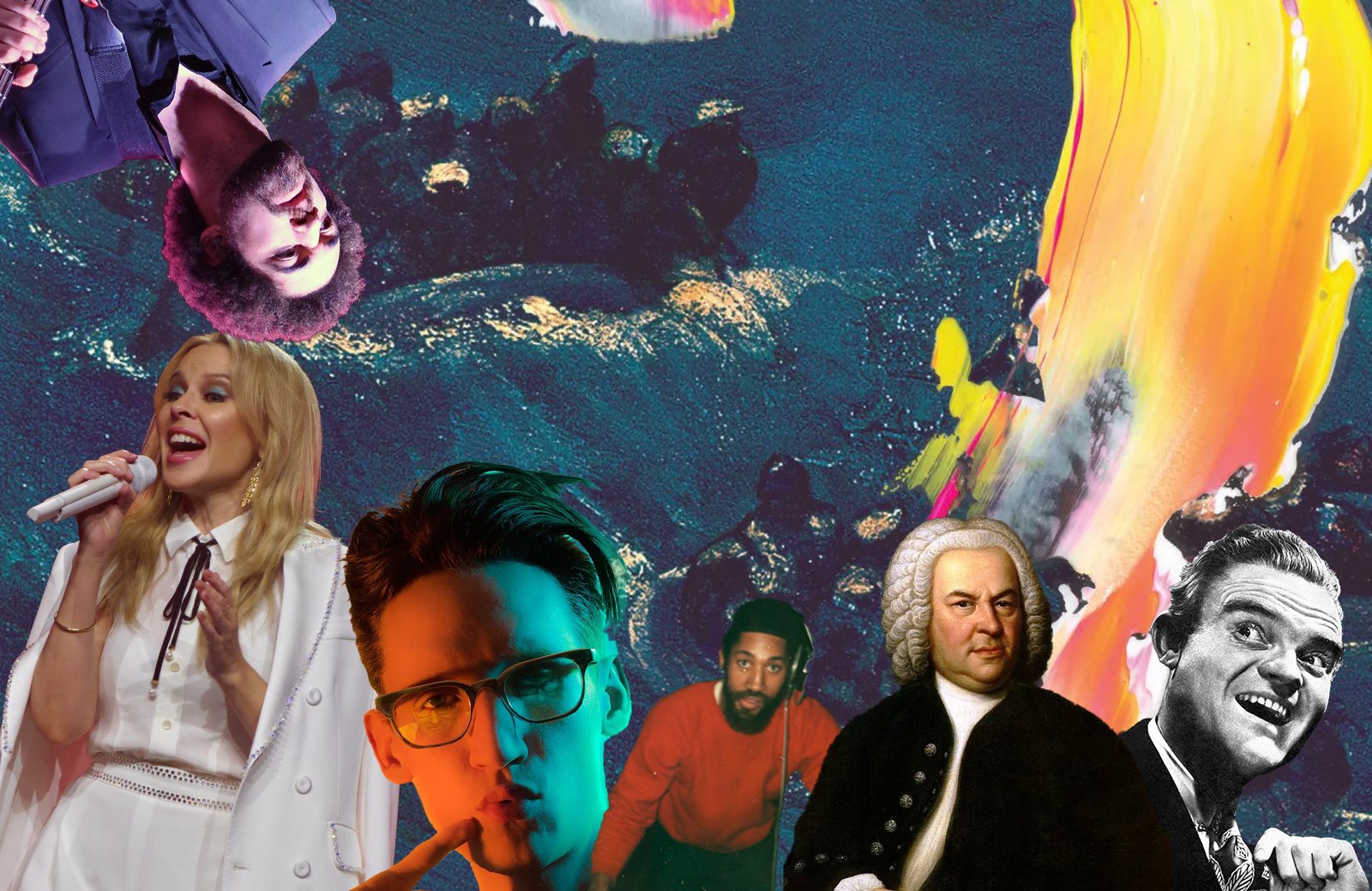Mash or pass: An abridged history of mashups
Though it’s gone through periods of both mainstream success as well as being on the fringes, mashups have exploded in online popularity in recent years.
Musical mashups have been a kind of cultural cornerstone as of late, playing a pivotal role in the intersection between music and online meme culture. New technology has made the process of splicing two songs together and sharing the results significantly easier, which also increases the supposed disposability of these works. However, like a lot of seemingly trivial art, mashups have a rich history that stretches across many different musical styles.
Quodlibet tu, Brute?
Composers ‘borrowing’ or quoting melodies from other works has occurred throughout the course of Western music. But particularly apt comparisons can be made between the mashups of today and the quodlibet — a term that describes compositions which have two or more ‘borrowed’ melodies playing either at the same time or sequentially. It was often used as comedic relief within a piece, which makes its connections to modern mashups even more apparent. Though its origins date back to the 15th century, possibly the most widely known quodlibet is the thirtieth and final variation of Bach’s Goldberg Variations (1741), which quotes several German folk songs.
Ain’t it funny
Moving into the 20th century, it’s hard to ignore the quodlibet’s lingering influence. Bandleader Spike Jones’ (not that one) 1950 track ‘Charlstono-Mio’ combined two widely different but culturally significant musical ideas: the Charleston dance and the popular Neapolitan song, ‘O Sole Mio’. These musical endeavours were still very much considered to be novelties, as further evidenced by ‘The Flying Saucer’. One of the earliest examples of a mashup, Bill Buchanan and Dickie Goodman’s 1956 novelty record incorporated clips from 17 different hit songs from the previous two years. It was also ahead of its time in the sense that Buchanan and Goodman faced legal action from several music publishers and artists, as many a mashup artist would in the years to come.
How the turntables
The middle of the century saw the first instances of recorded sounds being mixed together, largely through the musique concrète movement. More importantly, in 1972, Bronx-based DJ Kool Herc began developing a technique he called “The Merry-Go-Round”, an early version of what would become known as breakbeat DJing. This involved switching between the short, primarily percussive sections, or ‘breaks’, of various songs. This technique not only revolutionised DJing and played a huge role in the creation of hip-hop, but it also demonstrated how musical elements could coalesce through the combination of two or more recorded pieces.
Truly medley deeply
The early 80s saw at least two crucial developments towards the mashup craze. First, there was Dutch novelty act Stars on 45’s eponymous 1981 single, in which re-recorded versions of hits from the 60s (mostly Beatles songs) are played in succession over a continuous dance beat. A song that was initially based off of bootleg recordings being sold by DJs ended up topping the Billboard Hot 100 and spawning many similar medleys in its wake. Then, in 1983, Italian group Club House released what’s now credited as the first commercial mashup: ‘Do It Again Medley with Billie Jean’, which combined recreated elements of ‘Billie Jean’ by Michael Jackson and ‘Do It Again’ by Steely Dan. Right from the get-go, mashups like this were showcasing how pitch and melody could be repurposed and recontextualised, and their commercial success proved that splicing together popular songs wasn’t just a cheap gimmick.
Disco 2000
Sampling was a cornerstone of hip-hop and dance music throughout the latter decades of the 20th century. Several acclaimed albums, such as DJ Shadow’s Endtroducing and The Avalanches’ SInce I Left You, were almost entirely built from samples. 2001 saw a prototypical release that the coming wave of online mashups would be modelled after. ‘A Stroke of Genius’ by British producer Freelance Hellraiser set the vocals to ‘Genie in a Bottle’ by Christina Aguilera with the instrumental to ‘Hard to Explain’ by The Strokes, and was possibly the first one-on-one mashup to use stems from original recordings.
Throughout the following decade, thanks to the continued popularity of mp3’s and bootleg culture, mashups flourished. Producers such as Girl Talk and Danger Mouse were among the first mashup artists to prove the genre could work in an album format. There was even crossover appeal with the mainstream during this time, as, in 2002, Kylie Minogue performed and later released a mashup of her song ‘Can’t Get You Out of My Head’ with New Order’s ‘Blue Monday’. Later in the 2000s, people would begin uploading their own homemade, and often highly comedic, mashups to websites such as remix.vg and SoundCloud.
TikTok, the party don’t stop, etc.
Though it’s gone through periods of both mainstream success as well as being on the fringes, mashups have exploded in online popularity in recent years. Coinciding with the rise of the mashup-based “SoundClown” scene was the release of Neil Cierega’s 2014 albums Mouth Sounds and Mouth Silence, the former of which may very well be responsible for how inescapable Smash Mouth’s ‘All Star’ has become.
Of course, the definitive mashups of the 2020s thus far have come from TikTok, where mashups are frequently used in videos posted to the app. One of the year’s biggest radio hits, which is a product of the original’s success on TikTok, has been a remixed version of rapper Latto’s Big Energy, which combines the verses from the original track with segments from Mariah Carey’s 1995 hit ‘Fantasy’. Of course, not much work would have been done to find common musical ground between these two tracks, as they both heavily sample ‘Genius of Love’ by Tom Tom Club. Still, the track is a welcome reminder of what is hopefully the key takeaway of this article: the sometimes fringe, humorous and DIY genre of mashup music has often capitalised on its potential to inform and dominate the mainstream.

